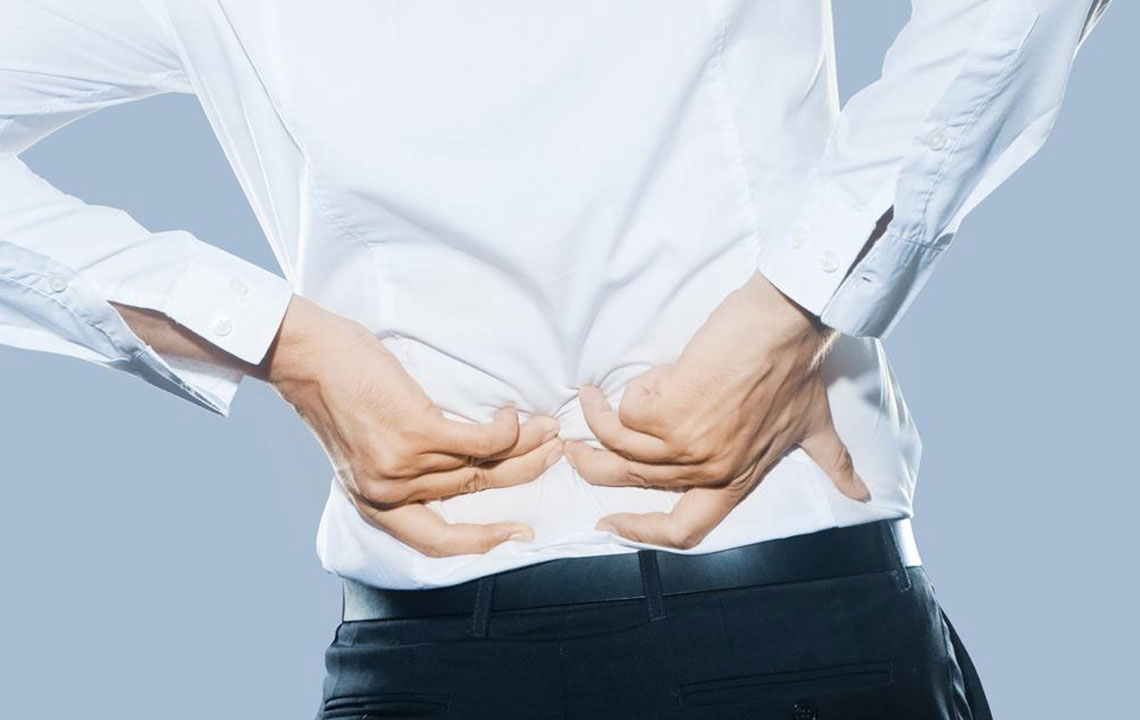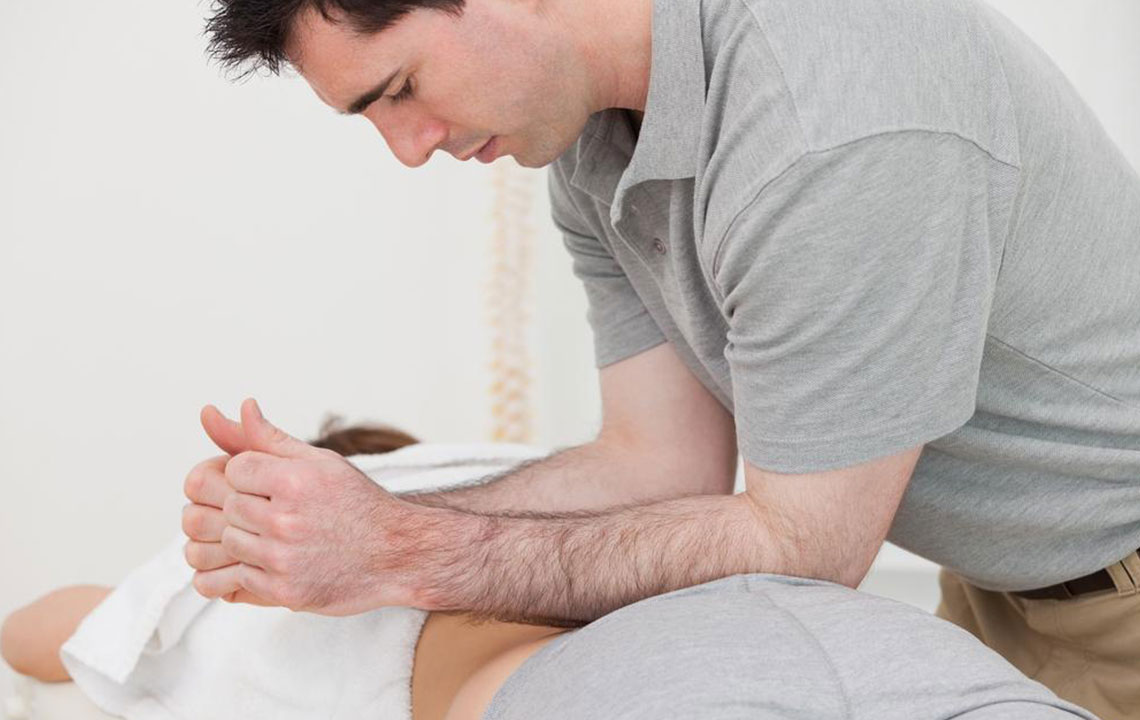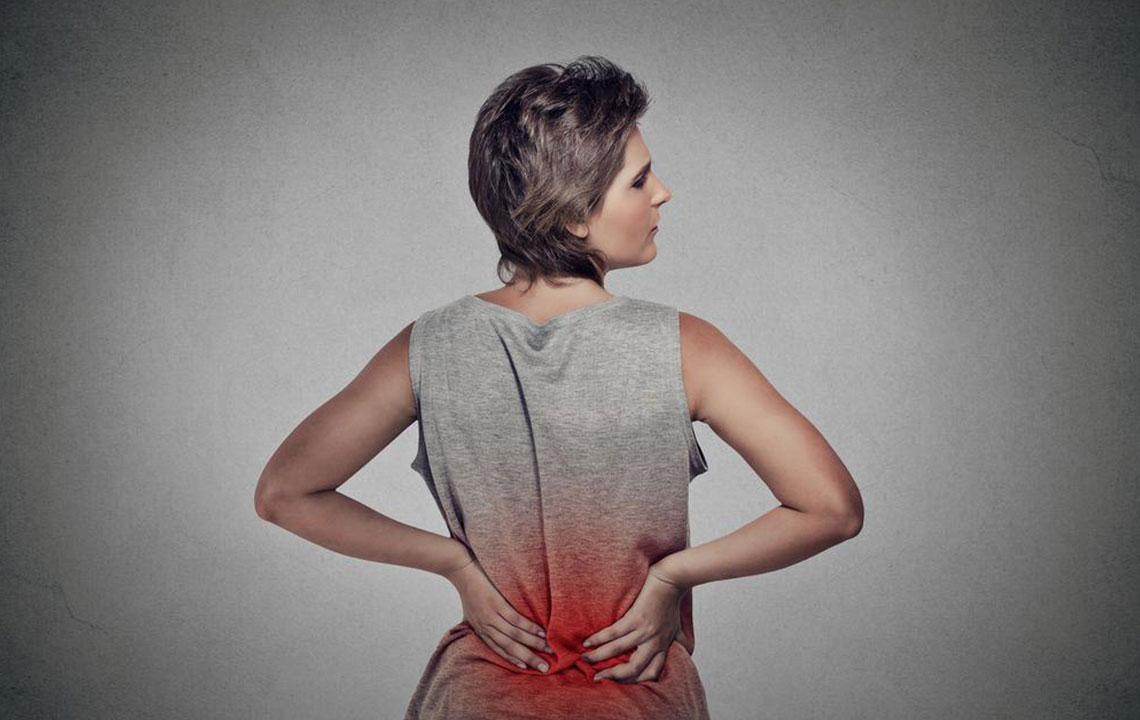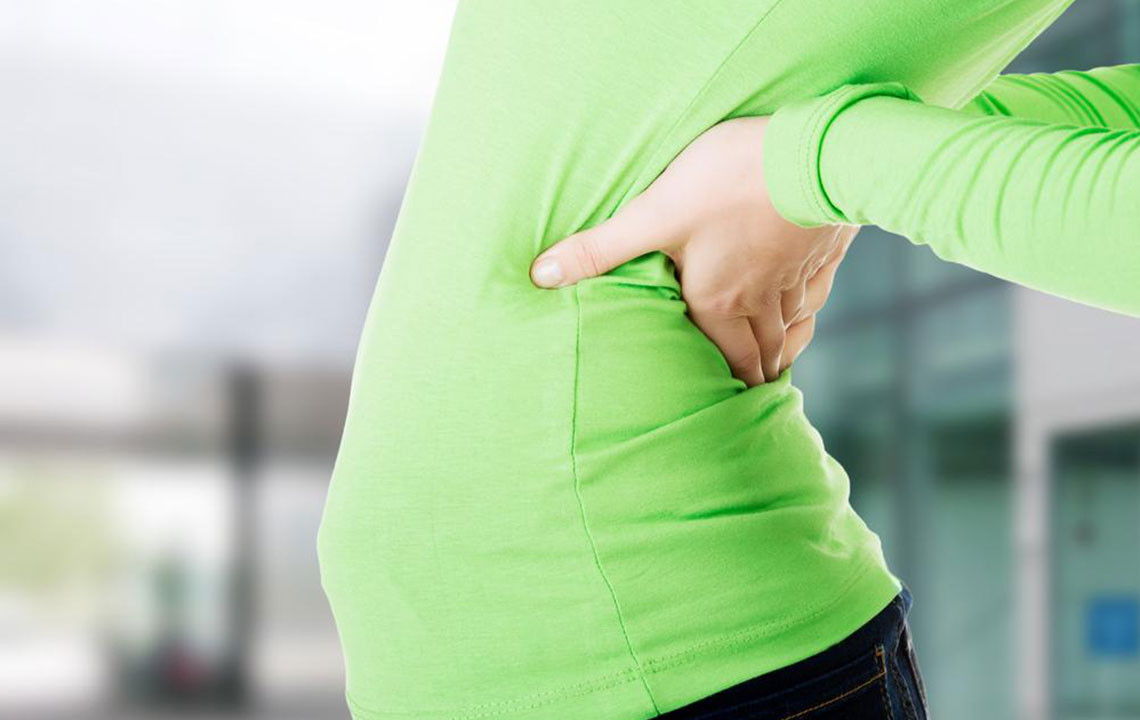Comprehensive Guide to Managing Herniated Disc Pain and Improving Spinal Health
This comprehensive guide provides effective strategies for managing herniated disc pain, emphasizing proper posture, lifestyle changes, exercises, and holistic therapies. It aims to help individuals alleviate discomfort, improve spinal health, and maintain an active lifestyle without invasive procedures.
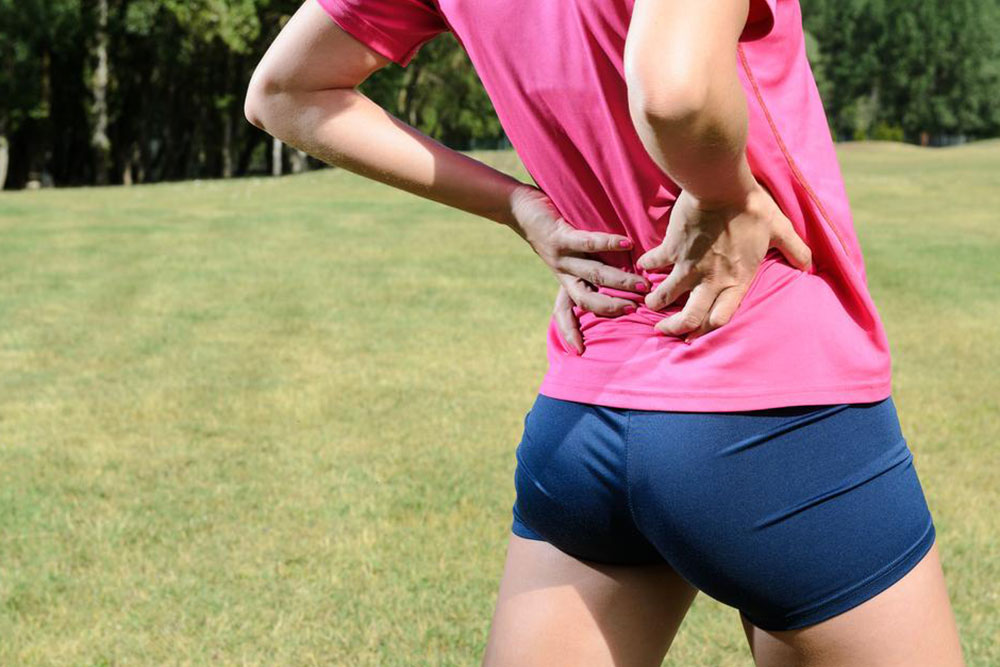
Comprehensive Guide to Managing Herniated Disc Pain and Improving Spinal Health
The prevalence of degenerative disc conditions, particularly herniated discs, has been on the rise, especially among the aging population. As individuals grow older, the intervertebral discs, which serve as cushions between the vertebrae, tend to lose water content and elasticity. This degeneration weakens the discs, making them more susceptible to protrusions or herniations that can press against nerves and cause significant discomfort. Such conditions are common in middle-aged and elderly adults but can also affect younger individuals engaged in physically demanding activities.
The causes of disc herniation are multifaceted, involving lifestyle factors, occupational hazards, and poor posture. Prolonged periods of sitting at desks without proper ergonomic support, repetitive bending and lifting, excessive weight gain, smoking, and lack of physical activity can accelerate disc degeneration. Additionally, trauma from accidents or sudden heavy lifts can precipitate a herniated disc, leading to pain, numbness, and limited mobility, which can substantially impact daily life and overall well-being.
While surgical intervention is sometimes necessary, most cases of herniated discs can be effectively managed through non-invasive, conservative treatments. These approaches focus on reducing inflammation, alleviating pain, restoring mobility, and preventing further deterioration. Understanding these strategies can empower patients to actively participate in their recovery and maintain an active, pain-free lifestyle.
Here is an in-depth overview of proven methods to ease herniated disc symptoms and promote spinal health:
Maintain Correct Posture
Proper posture plays a vital role in spinal health. Sitting for extended periods, especially at desks with inadequate ergonomic setup, can increase pressure on the lumbar discs. Using ergonomic chairs, lumbar support cushions, and adjusting your workstation helps maintain the natural curve of your spine. Standing intervals, lumbar supports, and mindful sitting habits reduce strain on affected discs, preventing aggravation of symptoms. Learning and practicing correct lifting techniques also minimize undue stress on the back.
Prioritize Rest and Sleep
Adequate rest is essential for healing and reducing inflammation. Sleeping on a supportive mattress that maintains proper spinal alignment can alleviate pressure on the herniated discs. Avoid sleeping positions that strain the back, such as sleeping on the stomach, and instead opt for sleeping on your side with a pillow between the knees or on your back with supportive pillows. Regular breaks during work or daily activities provide opportunities to stretch, change positions, and relax tense muscles, thereby easing discomfort.
Adopt a Healthy Lifestyle
Maintaining a healthy weight reduces unnecessary pressure on the lumbar and cervical discs. Incorporating a balanced diet rich in calcium, magnesium, vitamins D and C, and antioxidants supports bone health and tissue repair. Consistent physical activity, tailored to individual conditions, improves muscle strength and flexibility, which in turn stabilizes the spine. Avoid smoking, as it impairs blood flow and delays healing of disc tissues. Hydration also plays a crucial role in keeping spinal discs hydrated and functioning optimally.
Engage in Back-Strengthening and Flexibility Exercises
Gentle stretching routines and low-impact exercises, such as swimming, walking, and yoga, enhance flexibility and relieve muscle tension. Specific back stretches and core strengthening exercises prescribed by physical therapists or chiropractors can stabilize the spine and reduce pressure on herniated discs. Regularly performing these movements promotes blood flow to the affected area, facilitates natural healing, and diminishes nerve compression-related pain.
Explore Complementary and Holistic Therapies
Alternative treatments can support conventional management strategies. Massage therapy alleviates muscle tightness and improves circulation around the injury site. Aromatherapy, using essential oils like lavender and peppermint, can promote relaxation and reduce stress-induced muscle tension. Acupuncture has shown benefits in pain relief by stimulating energy pathways and reducing inflammation. Physiotherapy modalities such as ultrasound therapy or electrical stimulation may also accelerate recovery and restore mobility.
Implementing these comprehensive strategies can significantly improve quality of life for individuals with herniated discs. Combining lifestyle adjustments with professional guidance creates a holistic approach that not only alleviates existing discomfort but also prevents future spinal issues. Recovery takes patience and consistency, but with the right techniques, most patients can enjoy an active and pain-free daily routine.

